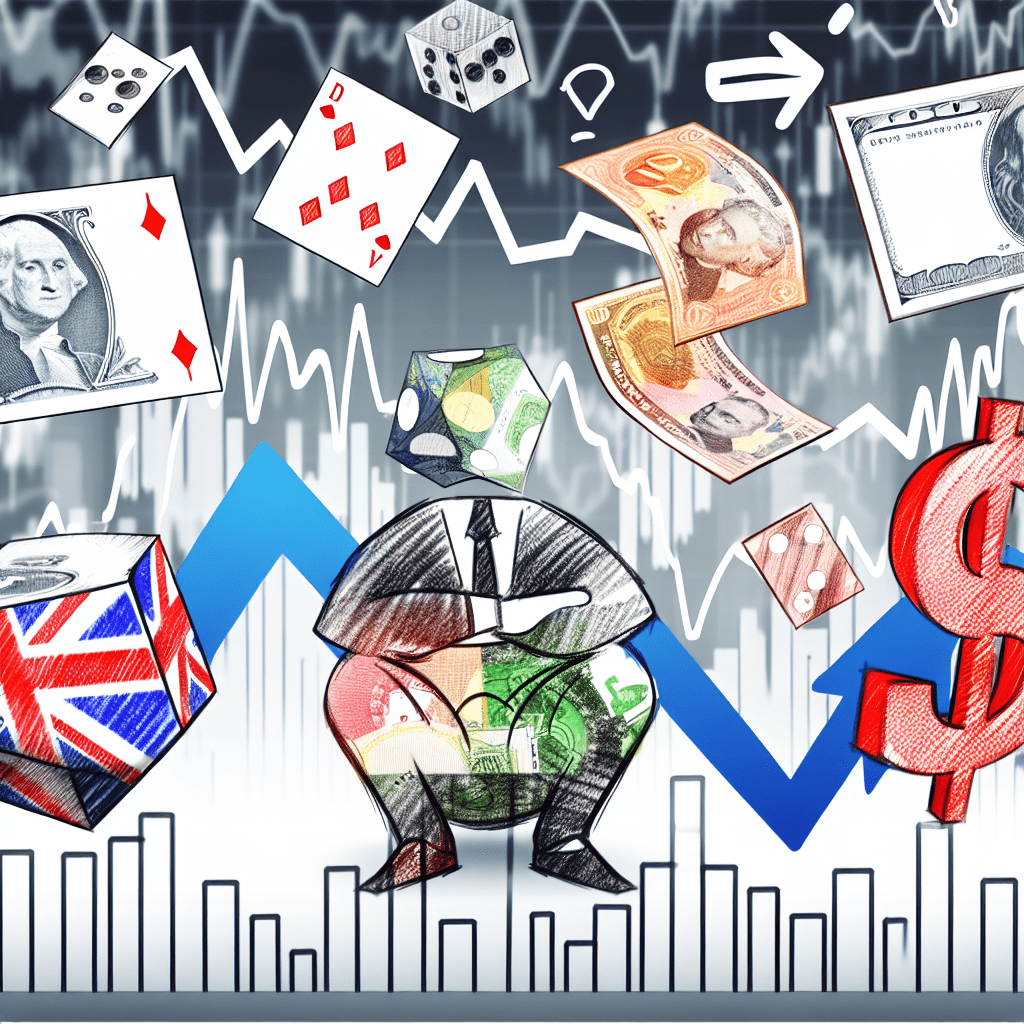In recent weeks, bond traders, hedge funds, and global macro strategists have intensified their bets against the U.S. dollar, a shift poised to disrupt currency markets. This growing trend of “short dollar” positioning is raising new alerts about volatility, affecting not only forex markets but also equities, bonds, commodities, and cryptocurrencies.
What Motivates Traders to Short the Dollar?
Shorting the dollar indicates that speculators anticipate a decline in its value compared to other major currencies. This trend has gained momentum in September, driven by the belief that the Federal Reserve may be nearing the end of its tightening cycle and could pivot to interest rate cuts.
Factors such as fiscal deficits, discussions around dedollarization in global trade, and capital shifts toward assets like gold and emerging market currencies are exerting pressure on the dollar.
Hedge funds and institutional investors have actively engaged in short dollar trades, buoyed by recent macroeconomic news suggesting a slowdown in U.S. growth, while regions like Europe and Asia demonstrate unexpected resilience. This is evident in rising derivative volumes and densely populated short positions, frequently noted in financial analysis and market statistics.
Possible Volatility Ahead
Significant, unilateral positioning can lead to precarious market conditions. When numerous traders simultaneously bet against the dollar, even a minor reversal—such as unexpectedly robust U.S. payrolls or inflation data—can instigate a swift “short squeeze.” This situation compels traders to rapidly buy back dollars, resulting in steep price surges. As Michael Hartnett from Bank of America warned to Zero Hedge, “brace yourself” for a chaotic unwind of the short dollar trade.
This kind of event does not solely impact currency markets; U.S. equities and global markets may experience sudden capital shifts as currency hedges are adjusted. Treasury yields could fluctuate as risk sentiments and safe-haven demands change. Prices for gold and oil might react dramatically to dollar strength or weakness, and a robust U.S. dollar often suppresses crypto prices, and vice versa.
Nonetheless, despite a year-to-date 10% decline in value, the dollar has shown intermittent increases when economic reports are favorable. This oscillation could result in sharp fluctuations for investors as positions are liquidated or adjusted.
The Perils of a Crowded Trade
The danger of a crowded short position lies in the possibility that too many traders are aligned on the same side of the bet. If conditions alter, exit strategies may be limited, causing exaggerated movements that resonate throughout global financial markets.
Some analysts caution that markets lack a cushion against unforeseen policy changes, surprising economic data, or geopolitical disturbances. The critical question is not simply whether the dollar will continue to decline, but what will transpire when everyone rushes for the same exit.
Key Factors to Monitor
As short dollar trades dominate for now, investors are keenly observing forthcoming signals from the Fed and interest rate decisions. Releases of U.S. economic data (payrolls, inflation, GDP), political and fiscal developments—such as potential government shutdowns—and unanticipated global events may also rekindle demand for the dollar’s safety.
While this trade remains popular going into Q4 2025, historical patterns have demonstrated that crowded positioning can lead to a tumultuous journey ahead. Volatility is not merely possible; it’s probable, and investors should brace for significant movements in both directions.


